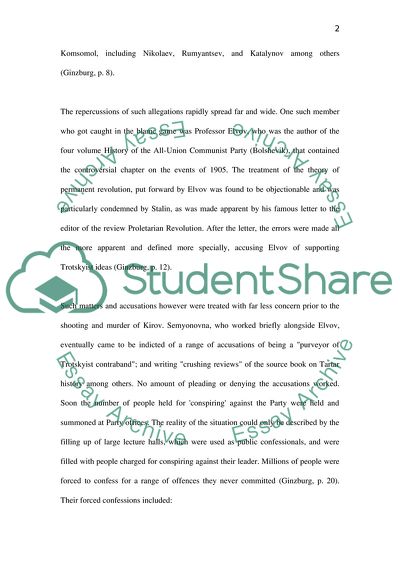Cite this document
(Stalin and Stalinism Literature review Example | Topics and Well Written Essays - 2000 words, n.d.)
Stalin and Stalinism Literature review Example | Topics and Well Written Essays - 2000 words. https://studentshare.org/history/1845853-stalins-purges
Stalin and Stalinism Literature review Example | Topics and Well Written Essays - 2000 words. https://studentshare.org/history/1845853-stalins-purges
(Stalin and Stalinism Literature Review Example | Topics and Well Written Essays - 2000 Words)
Stalin and Stalinism Literature Review Example | Topics and Well Written Essays - 2000 Words. https://studentshare.org/history/1845853-stalins-purges.
Stalin and Stalinism Literature Review Example | Topics and Well Written Essays - 2000 Words. https://studentshare.org/history/1845853-stalins-purges.
“Stalin and Stalinism Literature Review Example | Topics and Well Written Essays - 2000 Words”. https://studentshare.org/history/1845853-stalins-purges.


